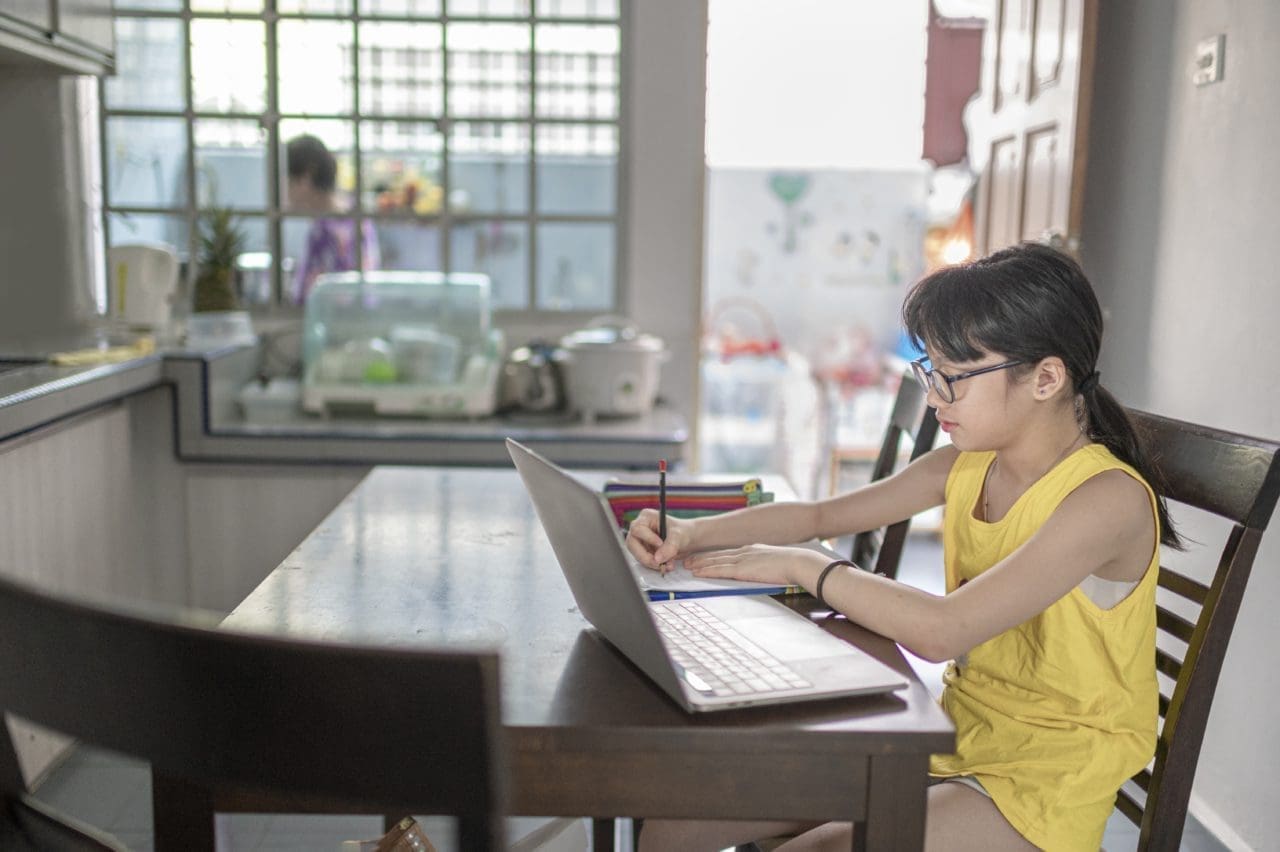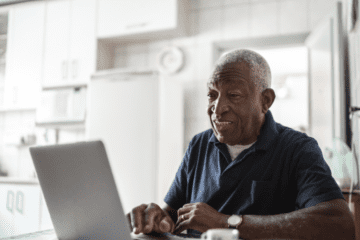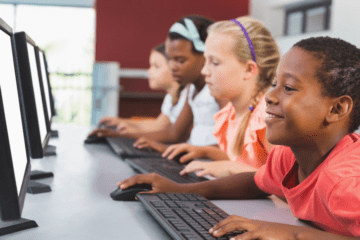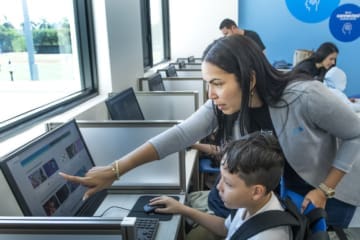Getting every American connected to high-speed broadband service is a national priority. It’s also a complex, resource-intensive effort that we’ll only truly achieve if everyone in the broadband ecosystem plays a part. Getting it right is particularly important for communities of color, low-income Americans and those living in rural areas, too many of whom have lacked connectivity, for reasons of availability, affordability or adoption.
While there is no simple fix or one-size-fits-all solution, thanks to major investments in connectivity by Congress and private industry alike, we now have a once-in-a-lifetime opportunity to get all Americans connected to high-speed broadband. With the Bipartisan Infrastructure Act, Congress appropriated $65 billion to build broadband to reach those Americans where it is otherwise cost-prohibitive, to help low-income Americans afford high-speed connectivity, and to promote digital literacy across the country.
As part of the Bipartisan Infrastructure Act, Congress also tasked the FCC with the important mission of facilitating equal access to broadband, and as part of that effort, addressing digital discrimination based on race or income. This is no easy task given the complexity of the challenges underlying the digital divide. Fortunately, policies that continue to promote high-speed broadband investment and deployment will help address one of the challenges in closing the digital divide and bringing equal access to broadband to all Americans.
The good news is high-speed broadband of at least 100/20 Mbps is already available to the vast majority of Americans, and services at those speeds are equally available to people of different races and incomes.
- According to recent FCC data, 91% of Americans have high speed broadband available at their home.
- 93.8% of non-white Americans have 100/20 Mbps available, compared to 88.8% of white Americans.
- The percent of households above and below the poverty line with access to broadband services are nearly identical: 90.5% vs. 89.5%.
This demonstrates that promoting greater broadband deployment, while critical, is only part of the solution to America’s digital equity challenges. To facilitate equal access to broadband, continuing to promote adoption through affordable broadband programs and digital literacy is equally crucial. Studies have shown more than 30% of the U.S. population doesn’t subscribe to fixed broadband service, even though it’s available where they live. Many factors play into why people choose to not have a high-speed connection, including cost or not having the skills or devices they need to get online.
That’s why our commitment to help close the digital divide extends beyond deployment and addresses broadband adoption. We’re participating in the Affordable Connectivity Program. AT&T was the first provider to offer a $30-per-month Access from AT&T broadband plan that, when combined with the federal benefit, allows qualified ACP recipients to get high-speed broadband to their home for free. An Access from AT&T plan is also available for $10/mo. for customers with maximum speeds of 5-10 Mbps and $5/mo. for customers with maximum speeds of 3Mbps or lower.1
We’re also providing resources, technology and digital learning solutions to help get more Americans online:
- We’ve opened 20 Connected Learning Centers (CLCs) nationwide and plan to reach more than 50 centers. The centers, housed within local community organizations, give students and families free access to the internet and the digital skilling and other educational resources to help them stay connected.
- We’ve provided more than 75,000 people with computers and Wi-Fi hotspots since 2021.
- We’re bringing bilingual, in-person digital literacy workshops to more than 400 libraries and community centers across the country.
- We teamed up with the Public Library Association to offer more than a dozen free online digital literacy courses, available through AT&T ScreenReady®and PLA Digital Learn.
- We launched The Achievery, a free digital education platform to connect K-12 students with hundreds of entertaining and engaging learning activities to support grade-level learning everywhere today’s connected students learn.
Of course, there is more work to be done and the FCC has a meaningful role to play to ensure all stakeholders in the broadband ecosystem are working toward true digital equity. As the FCC develops rules to facilitate equal access, it must prevent digital discrimination, while also continuing to enact reasonable policies designed to promote competitive broadband deployment, in line with the spirit and intention of the Bipartisan Infrastructure Act.
Closing the digital divide is a multifaceted challenge that requires internet providers, government, and nonprofit organizations to all work comprehensively to address the barriers to high-speed broadband availability, affordability and adoption. We must fight the urge to implement overly simplistic solutions that fail to grapple with the complexities of the problem at hand or overly burdensome solutions that unnecessarily interfere with the competitive broadband marketplace and stifle private investment. We’re committed to doing our part, and we look forward to working with the FCC and the broader stakeholder community to chart a smart path forward on digital equity.
1 Limited availability/areas. Free internet subject to household’s continued ACP eligibility and application of the ACP benefit to Access from AT&T plans. $5 and $10 plans subject to monthly data allowance of 1.5Tb/mo for AT&T Internet and 150 Gb/mo for DSL. Data overage charges may still apply if the monthly data allowance is exceeded.





